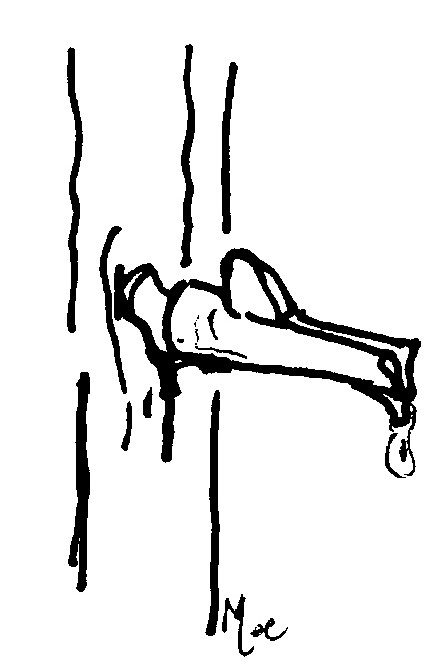Getting a little sappy over the process of making maple syrup
 When I was a young boy growing up on Limekiln Lake, the house we lived in was owned by the Department of Environmental Conservation. Since we did not own the property, we were restricted from tapping the many maple trees in the surrounding woods.
When I was a young boy growing up on Limekiln Lake, the house we lived in was owned by the Department of Environmental Conservation. Since we did not own the property, we were restricted from tapping the many maple trees in the surrounding woods.
However, there were a few folks in the area who set up small operations to draw colorless sap to make maple syrup for their own personal consumption.
As an eight year old, I found the maple syrup making process to be among the most interesting things for me to observe.
The buckets hanging from trees were quite a sight and the drawing of droplets of colorless sap came at a time of year when the woods seemed to be waking up and pushing out new smells every day.
Though I learned some basics of tree tapping from our Encyclopedia Britannica, I found it much more interesting to visit the twenty to thirty nearby sap collecting operations and watch them in action.
Perhaps action is too strong a word to use in describing the process as it was actually quite boring to watch. But regardless of how long it took a single silvery droplet to form and plop into a metal bucket I still found it to be fascinating.
One day I tagged along with a fellow who was tapping over near Sixth Lake. He gave me quite the education on the proper ways of sap collecting.
He explained that the flow of sap is highly dependent upon weather conditions. Flow does not begin until after a time of hard freeze, followed by several sunny days with temperatures in the 40’s.
The peak flow occurs early in the sugaring season when it freezes at night and is bright and sunny the next day with the temperature in the 40’s.
He said the flow stops when daytime temperatures do not go above freezing, or when night temperatures do not go below freezing, and that the flow usually lasts roughly three to four weeks.
And on that particular day it seemed we were right at the peak of sugaring as all his buckets had a lot of sap waiting for us.
When the sap was flowing he said he had to collect it on a daily basis, preferably late in the afternoon. That was great for me since I had a couple hours after school to visit.
One day I brought my friend Jeff along with me. We plodded through the woods to watch the sugar man re-drill holes for some spouts that he said had sealed over.
He performed the task much like a doctor would perform surgery. He carefully pulled the bucket and eased out the spout. Then, with a small hand bit drill he re-tapped the tree.
As he drilled away a swirl of golden yellow shavings—wet with sap—rolled down the bit. The aroma was heavenly.
Once the sap was collected it was time to boil it down to make the syrup. This was a step that was not nearly as much fun as the gathering process.
Prior to heating the sap, I decided to have a little taste. I let a few droplets run down my finger and popped it into my mouth.
I was surprised to discover that it did resemble syrup at all. Rather, it tasted of fresh water and the essence of fresh split wood.
Mitch Lee is an Adirondack illustrator & storyteller, ving in his boyhood town of Inlet. ltmitch3rdny@aol.com
